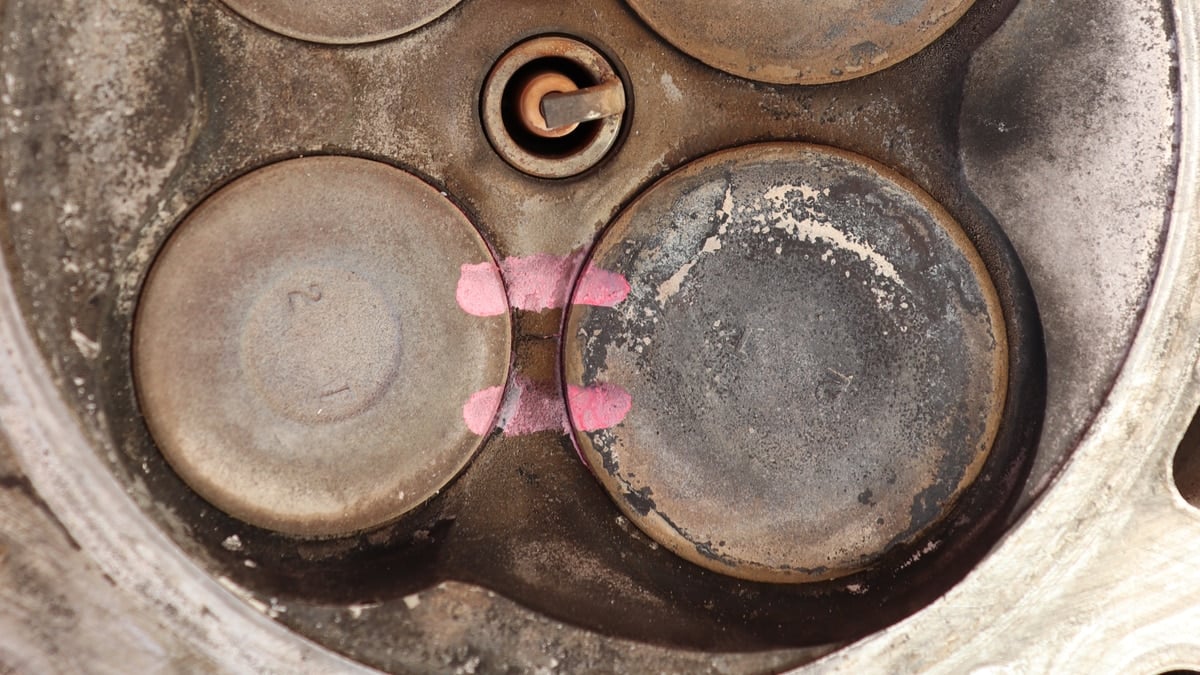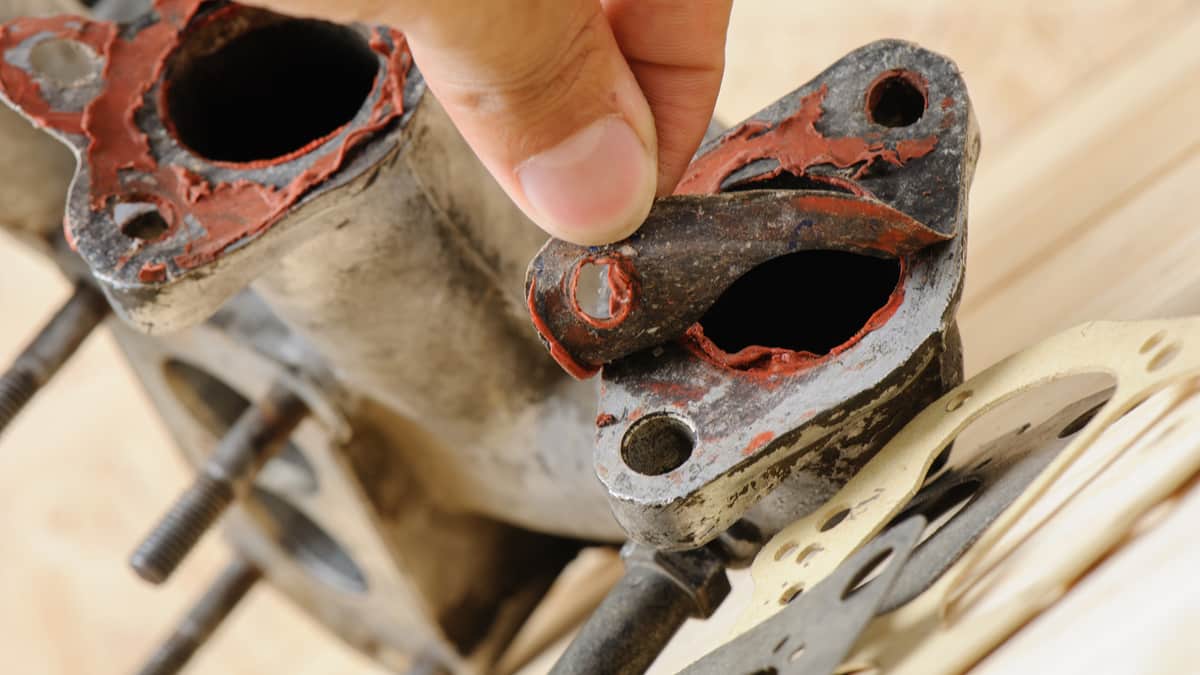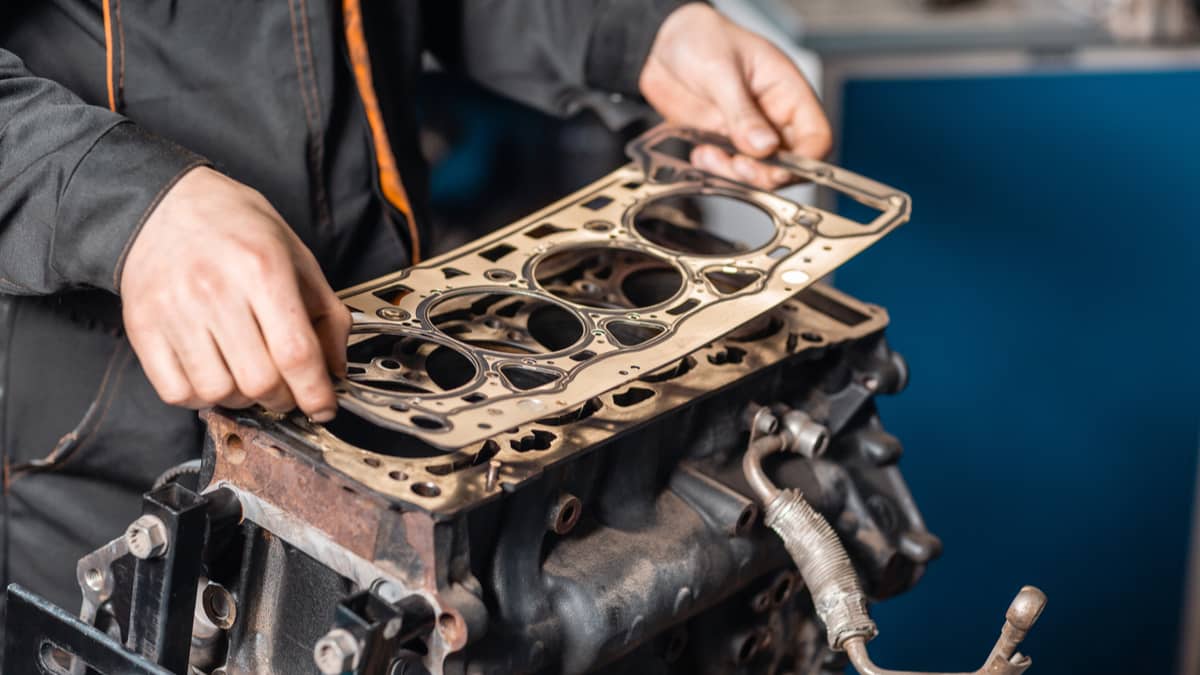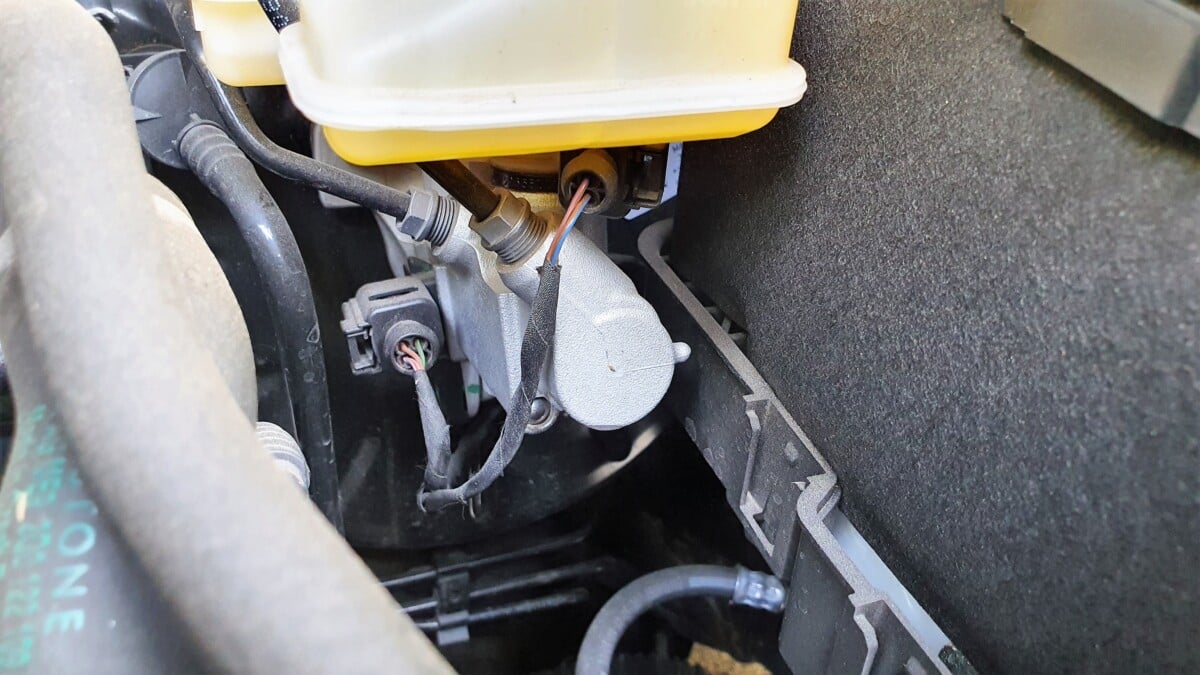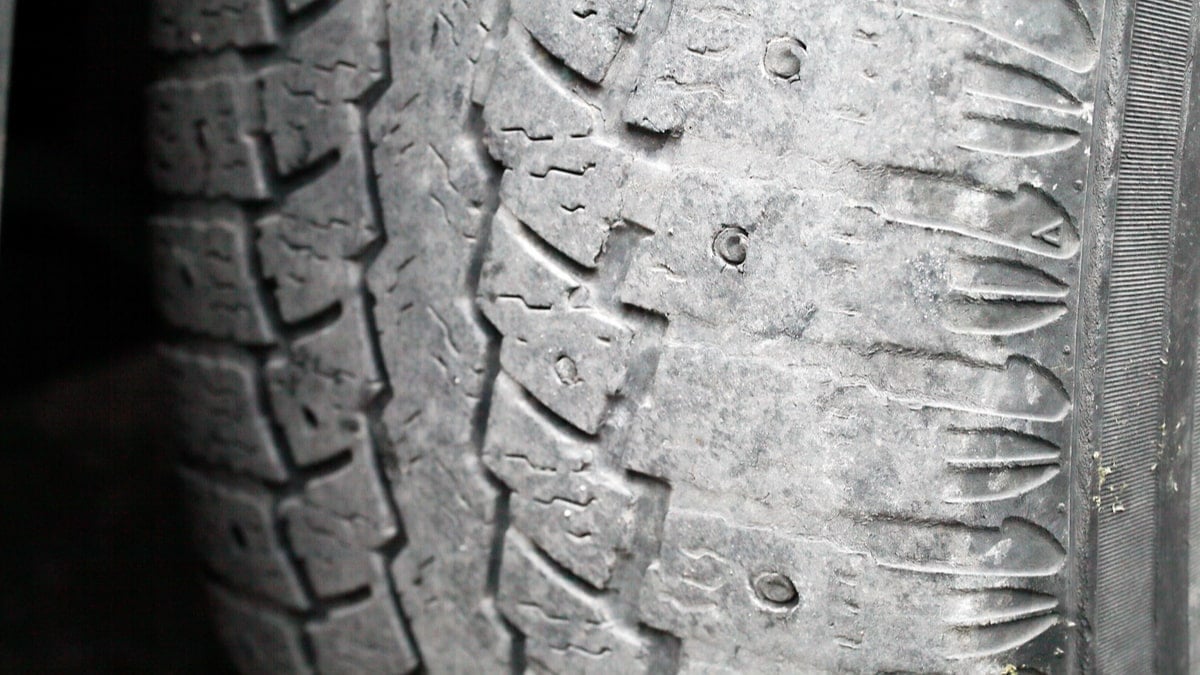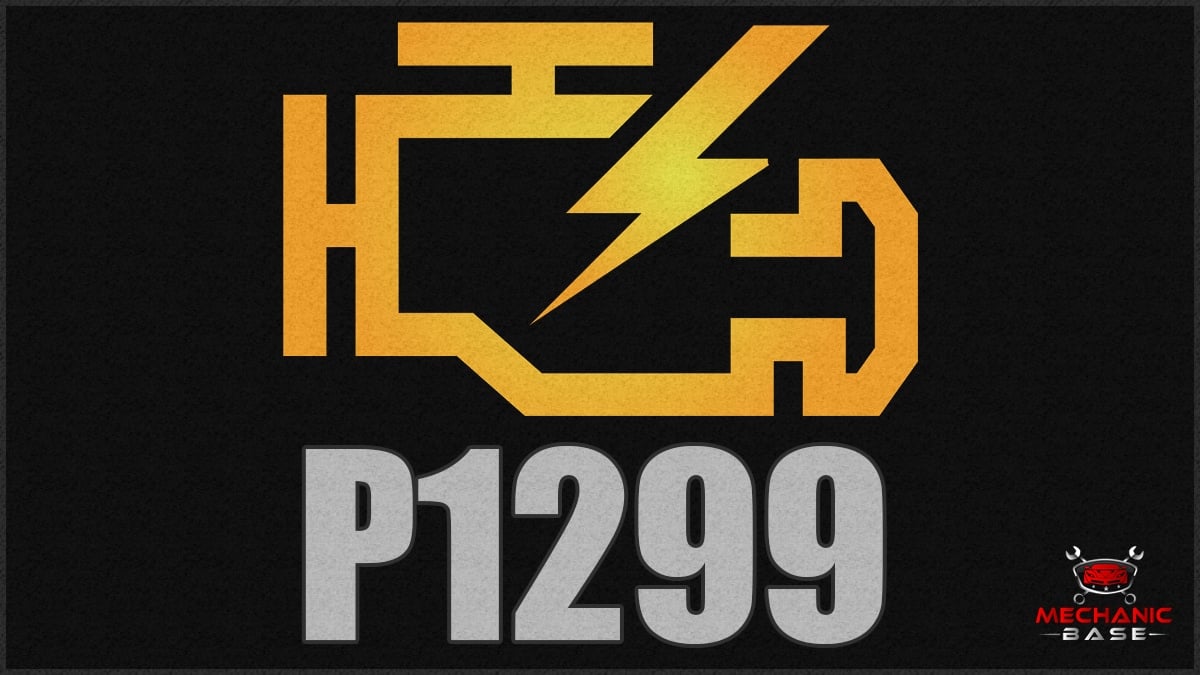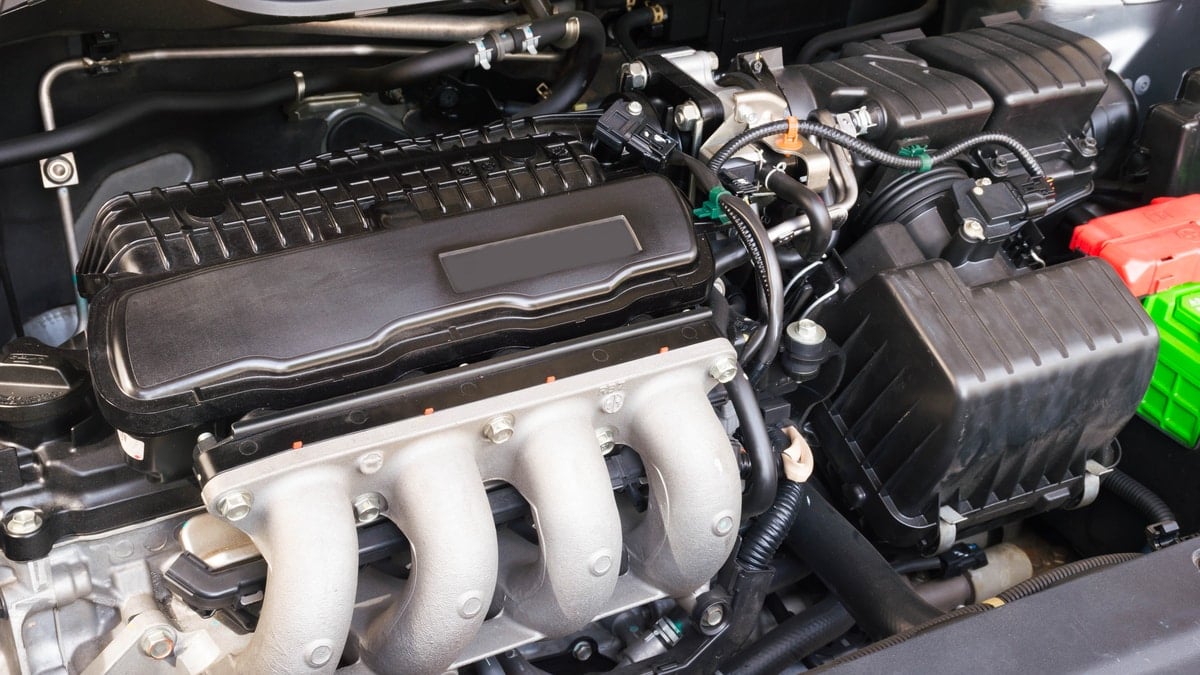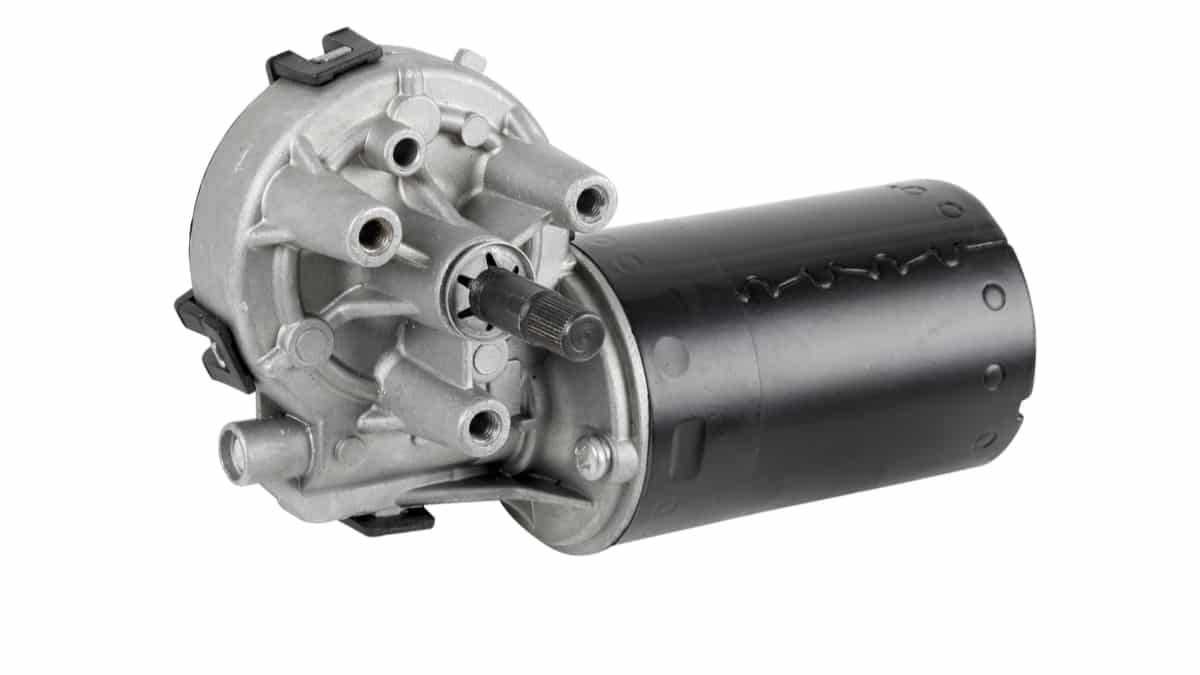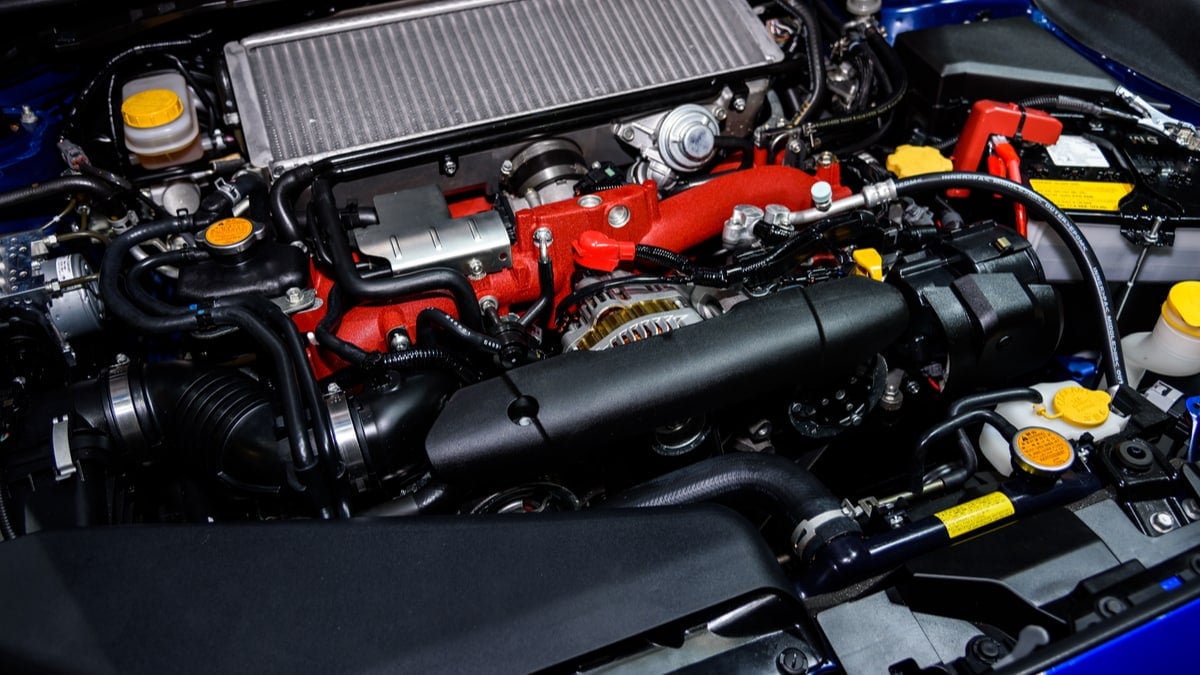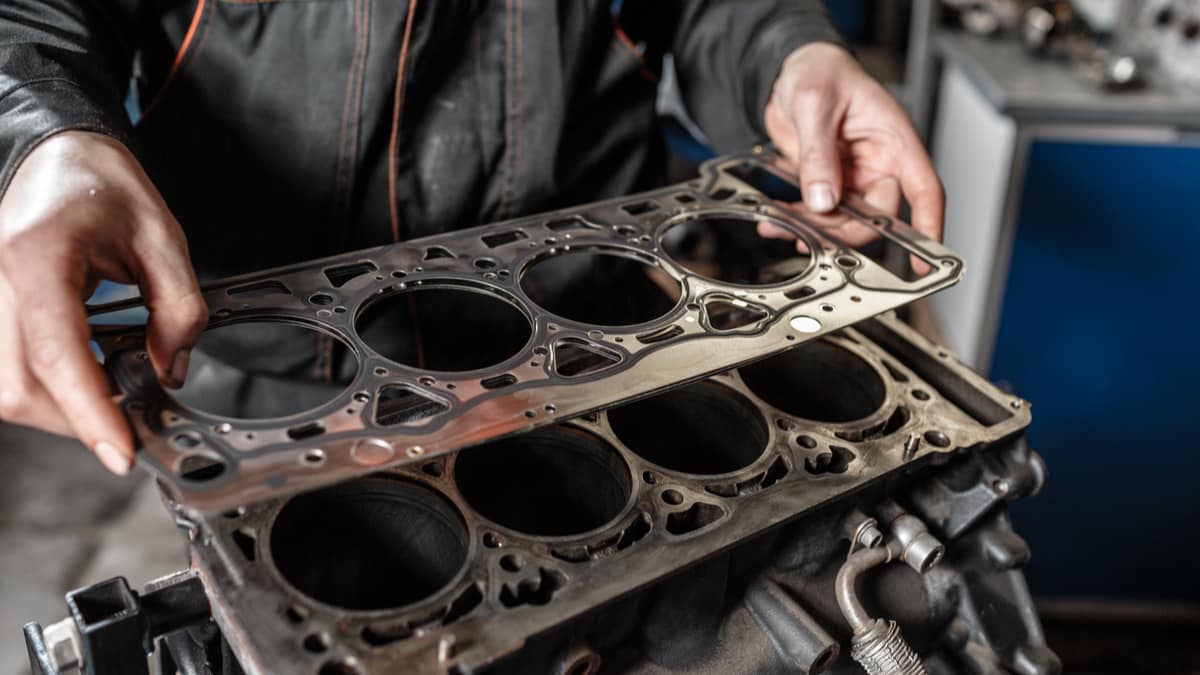There are some problems no one wants to deal with when it comes to car repairs. One of these is a cracked cylinder head. What are the symptoms of a cracked cylinder head, and how much is it going to cost to repair?
The main symptoms of a cracked cylinder head include:
- Warning Lights
- Mixed Oil and Coolant
- White smoke from the exhaust
- Lower coolant levels
- Overheating engine
- Rough engine performance
In this guide, I illustrate each of these symptoms in depth. I also look at how to diagnose the problem and outline the approximate repair costs. Aside from that, I discuss why the cylinder head fails in the first place, so you know how to prevent it from occurring.
Here is a more detailed list of signs of a cracked cylinder head to look for:
What Are The Symptoms of a Cracked Cylinder Head?
1. Warning Lights
If the malfunction is large enough, there will be warning lights on your dashboard. You might see the Check Engine Light, especially if the motor is misfiring. However, a cracked cylinder head alone might not trigger this alert.
Beyond that, it’s possible to see a low coolant level light or high-temperature light if the coolant levels are dropping too low. Any one of these lights should be taken seriously at first sight.
READ MORE: 90 Car Dashboard Symbols, Warning Lights & Indicators – Meanings
2. Oil/Coolant Mixture
When the cylinder head cracks, it can replicate a lot of what is seen with a blown head gasket. One of the symptoms that is the same between the two is that the coolant and oil can mix.
However, combustion gases can also enter the cooling system because of this problem, which you could confuse for an oil mixture, except that this looks more like bubbles. Either way, the coolant should look like coolant, just as motor oil should only resemble oil. If either one looks odd, it’s best to have it examined closer.
RELATED: 5 Symptoms of a Blown Head Gasket (& Replacement Cost)
3. White Smoke from Exhaust
The engine uses various coolant passages that run through the motor’s cylinder head to keep the temperature down. If there’s a crack in the cylinder head, coolant can leak into the combustion chamber, as I just discussed. When this happens, that coolant is going to burn up during the combustion that occurs.
The result of this is white smoke coming from the exhaust system. The white smoke is steam, and it will come from the tailpipe. It can also have a sweet smell because of the coolant. It’s a distinct smell, unlike any other fluid that could burn.
4. Lower Coolant Levels
When there’s a crack in the cylinder head, you already know coolant can enter the combustion chamber. So, what happens to the coolant level within the cooling system?
Obviously, it’s going to be lower than you would expect. The rate at which the coolant level drops is directly correlated to how severe the crack is in the head.
RELATED: Low Engine Coolant Level? (Causes & Consequences)
5. Overheating Engine
Whenever the coolant level drops, you can start dealing with an overheating engine. Without the coolant that’s required, it’s impossible to keep the motor oil cool as it circulates in the engine.
If you have a temperature gauge on the dashboard, you will see it start to rise. Plus, the engine overheat warning light might come on, as previously discussed. You should never drive your engine when it is overheating, or more damage could occur.
6. Rough Engine Performance
For an engine to run its best, everything must be at optimal levels. Not only does the spark need to be as set out by the factory specs, but there must also be a balanced air-to-fuel ratio, along with the right level of compression. When the cylinder head is cracked, there is some compression loss that’s going to affect how the engine runs.
You might notice that the performance decreases, especially when power is needed the most. The engine will continue running rough and could also misfire if the damage is severe enough.
Why Does the Cylinder Head Crack?
Cylinder heads are designed to last for the lifetime of a car. New vehicles contain aluminum heads, while older cars might utilize iron. In either case, the gaskets or valves tend to fail before the cylinder heads, but this problem still occurs.
In some cases, the cylinder heads fail because of a poor design. If there are flaws in the design, it’s easier for the cylinder heads to crack, which is why you see some complaints when new engines are used that aren’t reliable.
However, the most common reason for the cylinder head to crack prematurely is because of a defective cooling system. If cooling system issues arise, the engine can overheat. When the engine overheats and deals with high pressure at the same time, the motor gets pushed beyond its limits, and cracks can occur. It only takes one time for the engine to overheat for problems like this to occur. That’s why you want to have a failed water pump, coolant leaks, and other malfunctions dealt with right away, before more serious problems like this one develop.
How to Test a Cracked Cylinder Head
If you aren’t a professional mechanic, you want to know how you can troubleshoot a cracked cylinder head from home. Sadly, this isn’t something simple, such as checking for a fouled spark plug. Without the right mechanical equipment and advanced skills, you aren’t going to be able to tell what’s wrong with the cylinder head.
However, you can pinpoint that a cracked cylinder head might be the problem. To do this, you want to look through the symptoms I listed above. If you are noticing these symptoms, you might choose to take your vehicle to the shop. Still, the problem could also be a blown head gasket, which exhibits with many of the same symptoms.
To truly confirm that the cracked cylinder head is your problem, the engine will need to be pulled apart enough to see the area. For this reason, not every mechanic will handle the diagnosis, either. You want to call and get your vehicle in with a professional that understands this condition and has experience dealing with it.
RELATED: How to Test if the Head Gasket is Blown (7 Easy Steps)
Cracked Cylinder Head Repair Cost
The typical car cylinder head replacement is going to cost you between $750 and $4,250 per head that must be replaced. This price depends heavily on what type of car you drive, where you take it for service, and the labor cost of the mechanic. You will also need to pay for the diagnostics to determine if this is the problem.
In addition to these costs, there could be other damage that needs to be repaired. If coolant and oil have mixed, these systems need to be emptied and refilled to ensure proper operation. Plus, if severe engine damage has occurred, you might be looking at a rebuild or replacement of the motor instead.
On older vehicles, cracked cylinder heads were repaired, but that’s no longer the case. Today’s cylinder heads are built from aluminum, so it makes more sense to replace it versus repairing it.
Categories: Engine
